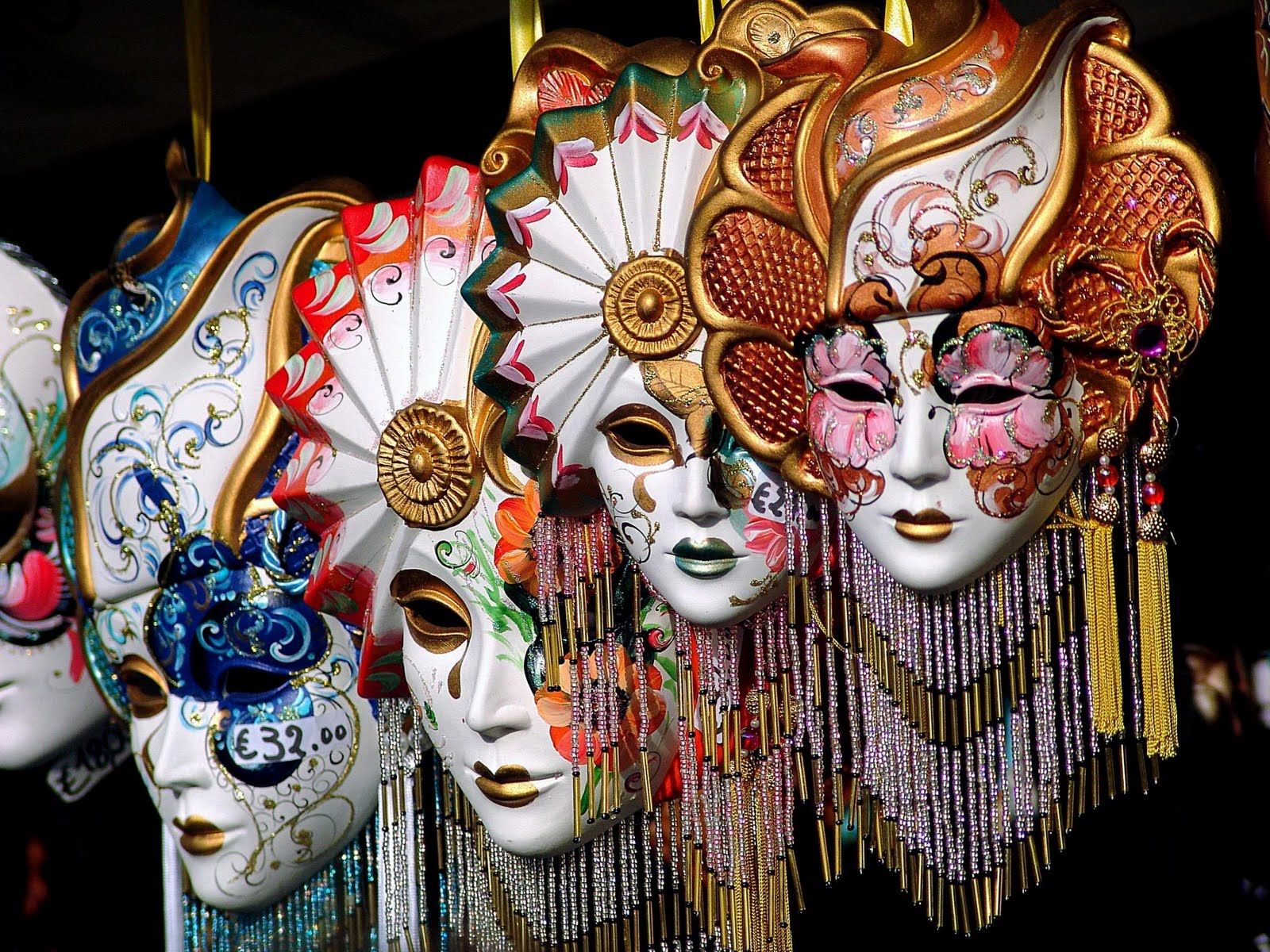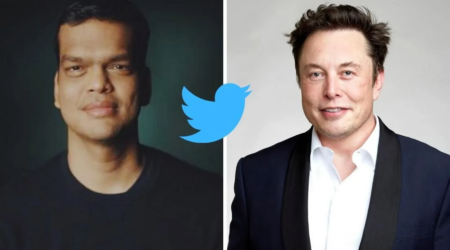By Sadhna Shanker
The uncertainty that now governs the COVID pandemic is enormous. Parts of the world are reeling under outbreaks, while others wait and watch with bated breath. And appropriate behaviors are again a part of daily discussions!
The unleashing of COVID on the world has led to one near universal change in behavior – practice of wearing face masks. The waves of COVID that wax and wane, has ensured that in most part of the world, mask wearing in public has become a part of life. Even when there is no enforcement of the practice of wearing a mask, many of us tend to wear them as a precaution in crowded places, and closed confines like airplanes.
Masks have been a part of human history and culture for centuries. The use of masks in religious rituals and ceremonies is found in all parts of the world. The oldest masks are about 9000 years old, and are on display in the Bible and Holy Land Museum in Paris. Whether used in ritual, entertainment, sport or performance, masks are deeply entrenched in human civilization, and have signified different roles and identities of the wearers. Even in present times, masks are used in dance, in carnival parades and theatre.
Masks also have an important place in films. All the superheroes in movies wear masks – from Superman, Spiderman to Batman, and Captain America and not to forget Bane in Batman. The reason to wear a mask for superheroes was best echoed in The Dark Knight Rises “The mask is not for you. It’s to protect the people you care about.” Horror films like Scream, Silence of the Lambs, and Sci-fi like Star Wars, Robocop have also used masks effectively. And not to forget The Mask of Zorro. Bollywood too has its share of masked heroes from Amitabh Bachchan’s ‘Shahenshah’ to Hrithik’ Roshan’s ‘Krish’ and Tiger Shroff’s ‘The flying Jatt’!
Wearing a mask allows people to take on a different identity – and the whole world view changes. Both for the wearer and the observer. A transformative experience, the mask tradition is still alive in many cultures. The famous Venetian masks, carnival masks of Brazil, Chinese New Year masks, African masks, Japanese Shimokita Tengu Matsuri masks, and the mask traditions in Indian states like Assam, West Bengal, some states of the North East and the elaborate face painting of Kathakali is akin to mask wearing. While the cultural use of masks is now primarily about events and rituals, the use of masks in public health has grown by leaps and bounds.
The use of masks in public health has more recent origins. In 17th century Europe, covering the nose and mouth was primarily about neutralizing ‘miasma’ (bad smelly air) exemplified by the plague doctors’ perfumed bird masks. The beak was stuffed with herbs, spices and dried flowers to ward off the odors believed to spread the plague. As understanding of contagion based on germ theory evolved, medical practitioners began to use masks. In 1897, Johan Mikulicz, surgeon at the University of Breslau, Poland, and in Paris surgeon Paul Berger started to wear a face mask. Gradually, the face mask became part of a strategy for infection control. The Manchurian plague of 1910-11, followed by the Spanish Influenza in 1918-19 made the face mask a means of protecting medical workers and patients from infectious diseases outside of the operating room.

In Japan, the public embraced mask-wearing during the Spanish flu, which continued over the years off and mostly on! China too has a long history of mask wearing. The Manchurian plague epidemic in China in 1910-11 made the use of masks widespread there. South Korea too has a long tradition of masks in culture and religion. In the 21st century, the outbreak of SARS in 2003 in China, and its spread in SouthEast Asia made masks a common sight on the street. Further, in recent times rising pollution also made masks popular in large urban areas. In these countries wearing masks apart from being for one’s own health they are also worn principally out of respect for others.
As the use of masks grows exponentially, as per reports, the worldwide market for masks is also predicted to grow from $10.76 billion in 2022 to $19.85 billion by 2029, at a CAGR of 9.1 percent in the forecast period. Used extensively in the health sector, the fear of infectious air borne diseases like COVID, flu etc are driving the market.
For mask users the options are many. The pandemic taught us that we can make them at home learning from the various videos online. Or we can buy disposable masks, washable ones with pretty designs, with multiple layers, or with built-in air filtration systems or N-95 masks.
In the span of some months after the pandemic struck, the simple face mask evolved into a fashion statement. Masks were matched to clothes, material and occasion. Bridal wear included a designer mask; it could also be bejeweled for those who could afford it! There were separate masks for men, women and children. Masks became a consumer item flying off shelves.
As with any new product, challenges have emerged.
With masks the primary concern is about disposal of used masks. A potential environmental hazard, they could be a source of harmful micro-plastic fibers on land and in waterways that could last for long years. Animals of all habitats have been seen ingesting or being trapped in biomedical litter like discarded face masks. In this scenario, the best option is to use washable reusable masks.
Some researchers recommend using a combination of either cotton and chiffon or cotton and natural silk as both can filter droplets and aerosols. The efficacy of these materials is similar to that of N-95 masks used by healthcare workers. While using single use masks the protocols and care for disposal need to be precise and followed by people.
Protests against the mask mandate were many in countries such as the US, Canada, Italy and UK, and the same continues in many parts of the world as mask mandates come back in some form.
As a weapon in fighting airborne viruses, it is understood generally in Asian countries that masks can and could protect users and others in the fight against the transmission of COVID. Wearing a face mask in the current scenario, is a symbol of self-interest and responsibility, which is quite a winning combination!

Sadhna Shanker is a New Delhi based author of six books. She also contributes to national and international publications.
Disclaimer: The views expressed are not necessarily those of The South Asian Times












